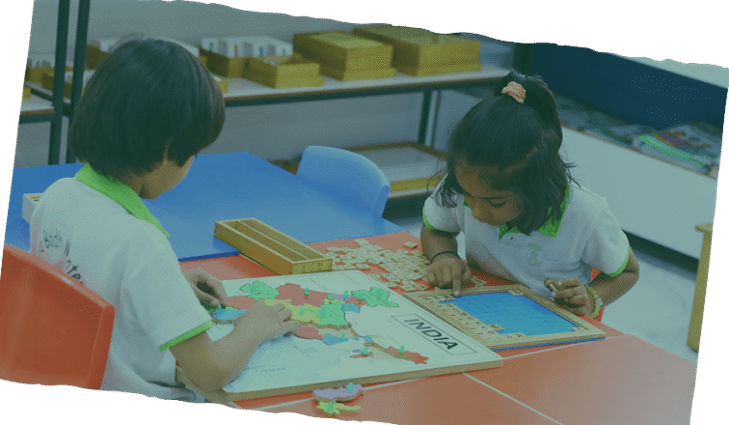
10 Creative & Fun Learning Activities for Your Kindergartener at Home
Kindergarten sets the stage for a lifelong journey of learning. It is the groundwork for everything a child will learn in the years to come, and it is a fun time for young minds
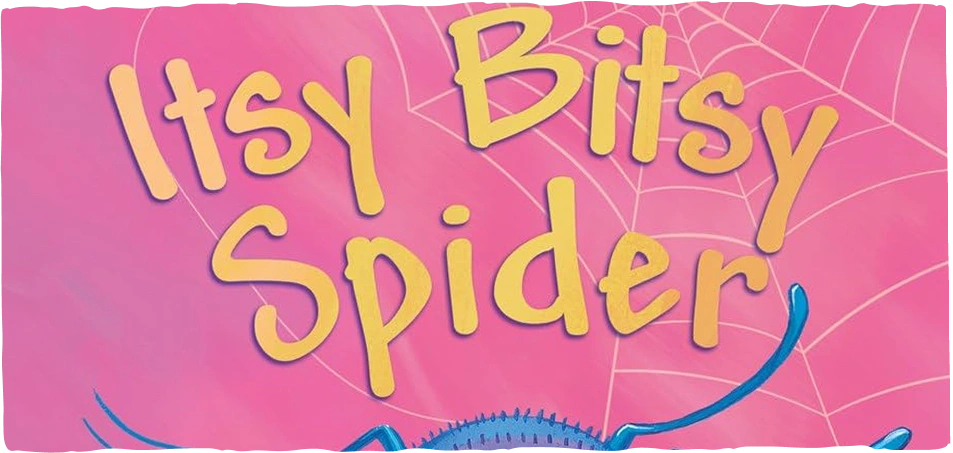
The itsy bitsy spider went up the water spout.
Down came the rain, and washed the spider out.
Up came the sun, and dried up all the rain,
and the itsy bitsy spider went up the spout again

Twinkle, twinkle, little star,
How I wonder what you are!
Up above the world so high,
Like a diamond in the sky.
Twinkle, twinkle, little star,
How I wonder what you are!
When the blazing sun is gone,
When he nothing shines upon,
Then you show your little light,
Twinkle, twinkle, all the night.
Twinkle, twinkle, little star,
How I wonder what you are!
Then the traveller in the dark,
Thanks you for your tiny spark,
He could not see which way to go,
If you did not twinkle so.
Twinkle, twinkle, little star,
How I wonder what you are!
In the dark blue sky you keep,
And often through my curtains peep,
For you never shut your eye,
Till the sun is in the sky.
Twinkle, twinkle, little star,
How I wonder what you are!
As your bright and tiny spark,
Lights the traveller in the dark,—
Though I know not what you are,
Twinkle, twinkle, little star.
Twinkle, twinkle, little star,
How I wonder what you are!
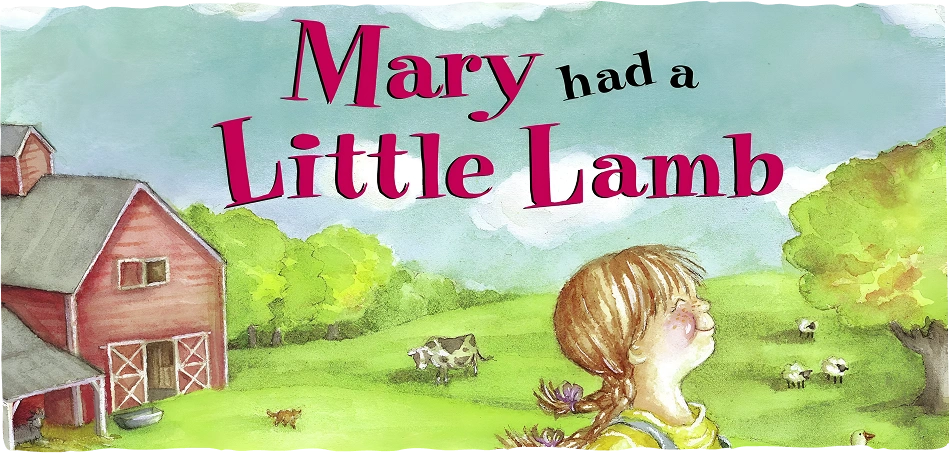
Mary had a little lamb,
Little lamb, little lamb,
Mary had a little lamb
Its fleece was white as snow.
And everywhere that Mary went,
Mary went, Mary went,
Everywhere that Mary went
The lamb was sure to go.
It followed her to school one day,
School one day, school one day,
It followed her to school one day
Which was against the rules.
“Why does the lamb love Mary so?
Mary so, Mary so?
Why does the lamb love Mary so?”
The eager children smile.
“Mary loves the lamb, you know,
Lamb, you know, lamb, you know,
Mary loves the lamb, you know,”
The teacher did reply.

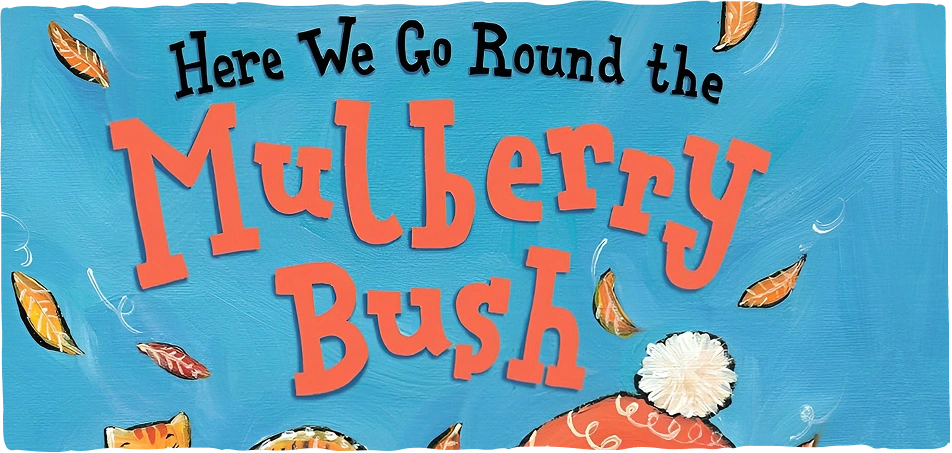
Here we go round the mulberry bush, The mulberry bush, The mulberry bush.
Here we go round the mulberry bush, so early in the morning.
This is the way we wash our face, wash our face, wash our face
This is the way we wash our face, so early in the morning.
This is the way we comb our hair, comb our hair, comb our hair
This is the way we comb our hair, so early in the morning.
This is the way we brush our teeth, brush our teeth, brush our teeth
This is the way we brush our teeth So early in the morning.
This is the way we put on our clothes, put on our clothes, put on our clothes
This is the way we put on our clothes, so early in the morning.
Here we go round the mulberry bush, the mulberry bush, the mulberry bush
Here we go round the mulberry bush, so early in the morning.
Kids’ rhymes are more than songs and melodies; they are valuable educational tools that pave the foundation for your children’s lifelong learning. The rhymes are the gateways to learning, imagination, and bonding. Teaching, singing, and reciting them with your child strengthens your bond with your little one. These memories last a lifetime. The rhymes listed above are perfect for classroom teaching and bonding sessions at home. Integrate these rhymes into your daily routine and watch your little ones’ confidence, creativity, and curiosity grow.
For assistance and quality education for your child, get in touch with Bodhi Montessori. We make learning fun and exciting for your children. Contact us today!
TABLE OF CONTENTS
SHARE THIS ARTICLE

Kindergarten sets the stage for a lifelong journey of learning. It is the groundwork for everything a child will learn in the years to come, and it is a fun time for young minds
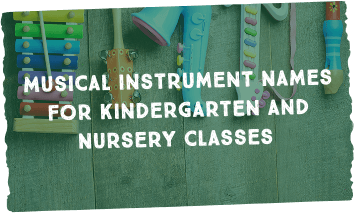
‘Music can change the world’, you’ve heard this statement, haven’t you? Music has a vital role to play in shaping human culture and development.

Learning about different colour names is crucial for a child’s development. Children lay the basis for their core skills from age 2.
This will close in 0 seconds